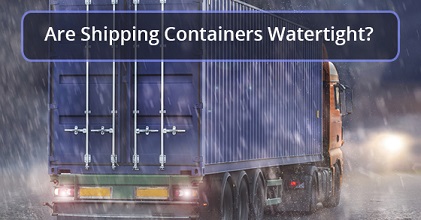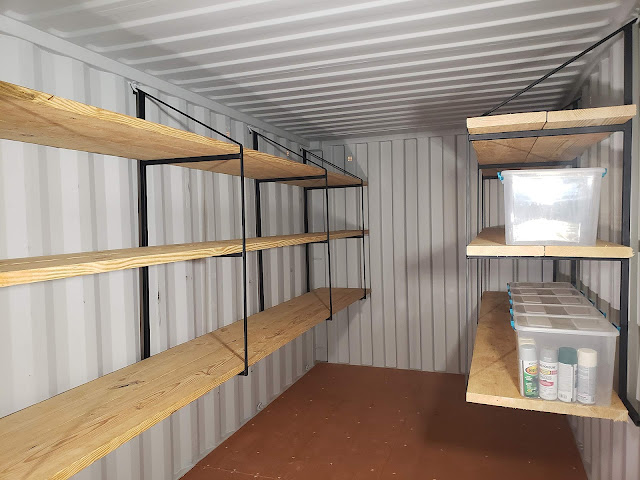Are Shipping Containers Waterproof? Debunking the Myths
Shipping containers have become an integral part of global trade and are increasingly finding new life as versatile building blocks in various industries. Whether you're considering repurposing a shipping container for a home, office, www.uspcontainershipping.com or storage, a common question that arises is, "Are shipping containers waterproof?" In this blog, we'll explore the truth behind this question and uncover what you need to know about shipping container water resistance.
Other Useful Blog: Why Choose shipping container bar is Best for Us: 10 Reasons
Understanding Shipping Container Construction
Before we delve into the waterproofing aspect, it's essential to understand the construction of shipping containers. These containers are typically made from robust materials like steel, designed to withstand harsh marine environments during their journeys across oceans. They consist of corrugated steel walls, a steel frame, and wooden flooring, all of which contribute to their durability.
Waterproof vs. Watertight
Firstly, it's crucial to distinguish between "waterproof" and "watertight." A shipping container is not inherently waterproof, but it is designed to be watertight.
Watertightness
Shipping containers are engineered to prevent water from entering during the rough seas and heavy rains they may encounter while in transit. They achieve watertight ness through several design features:
- Rubber Gaskets: Most shipping containers have rubber gaskets around their doors to create a seal when closed properly. These gaskets help prevent water from seeping into the container.
- Corten Steel Construction: The corrugated steel used in containers is made from Corten steel, which is highly resistant to corrosion. This steel helps maintain the structural integrity of the container and prevents water from entering through the walls.
- Drainage Holes: Shipping containers also come with drainage holes, usually located at the bottom corners. These holes allow any condensation or small amounts of water that may enter the container to drain out.
Maintenance is Key
While shipping containers are designed to be watertight, their effectiveness can diminish over time due to wear and tear. To ensure their continued water resistance, regular maintenance is essential. This includes inspecting and maintaining the rubber gaskets, addressing rust spots promptly, and repainting the exterior when necessary.
Making Shipping Containers Waterproof
Common modifications for waterproofing a container include adding a secondary roof, sealing any potential entry points like vents and door seams, and applying waterproof coatings to the exterior and interior.
Other Useful Blog: How to Use Shipping Containers in Your Warehouse
Must Read: Smart Shipping Containers: The Future of the Shipping Industry
Conclusion
In conclusion, shipping containers are not inherently waterproof, but they are designed to be watertight. With proper maintenance, they can provide reliable protection against water infiltration. If your project requires full waterproofing, modifications, and additional measures will be necessary. Understanding the distinction between waterproof and watertight is crucial when considering shipping containers for various applications. Always consult with professionals experienced in container modifications for the best results in achieving your specific waterproofing needs.
Must Read: Why Choose shipping container bar is Best for Us: 10 Reasons
Must Read: How to Use Shipping Containers in Your Warehouse
Access Now: Unlocking the Versatility of 40-Foot Side Opening Shipping Containers



Comments
Post a Comment